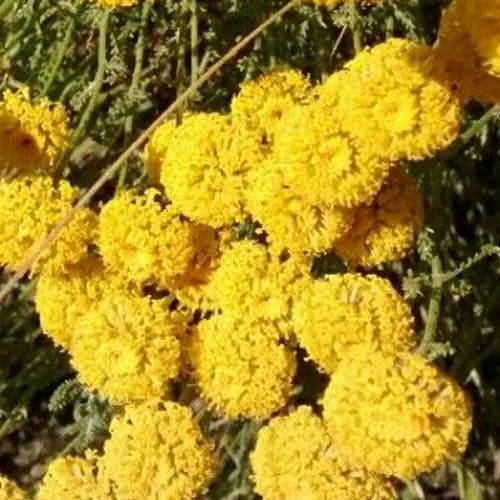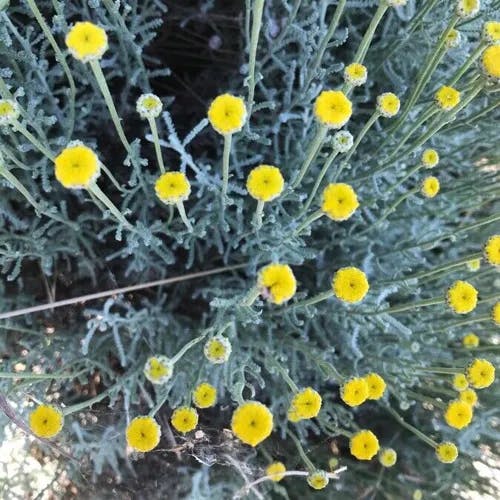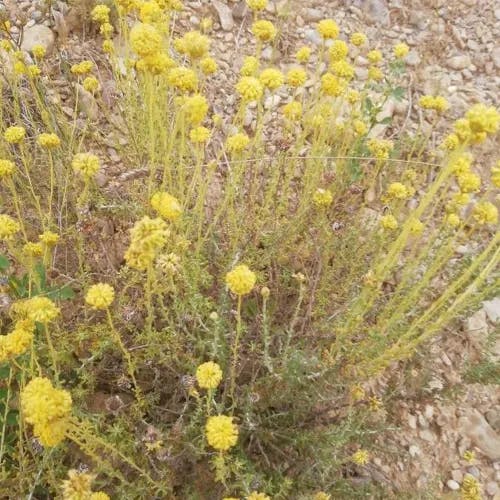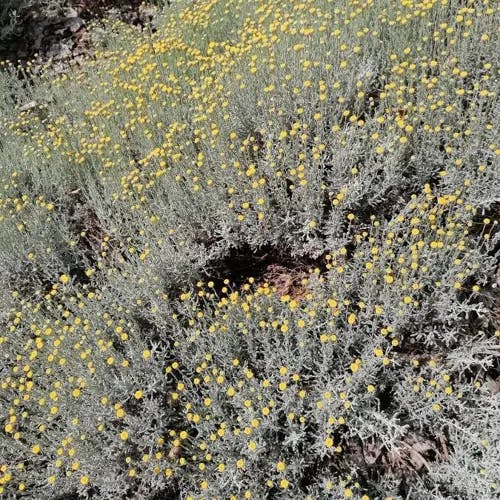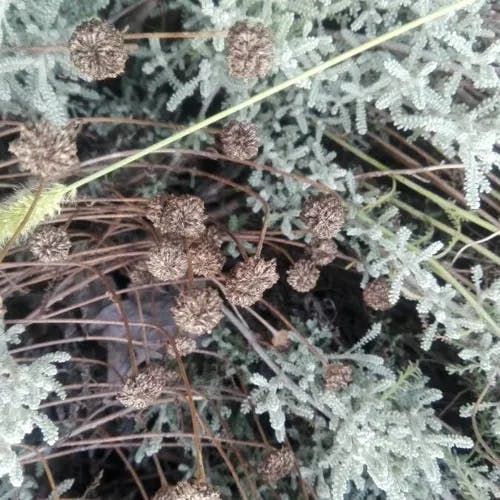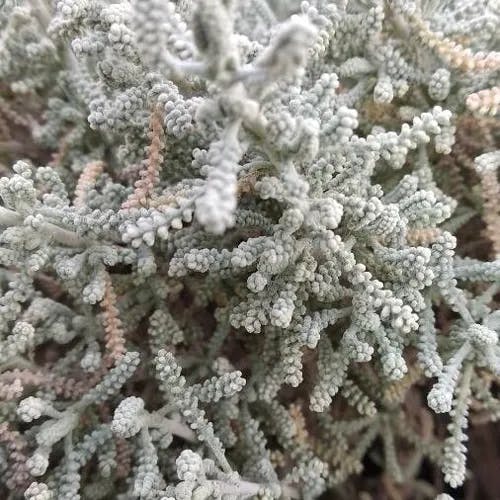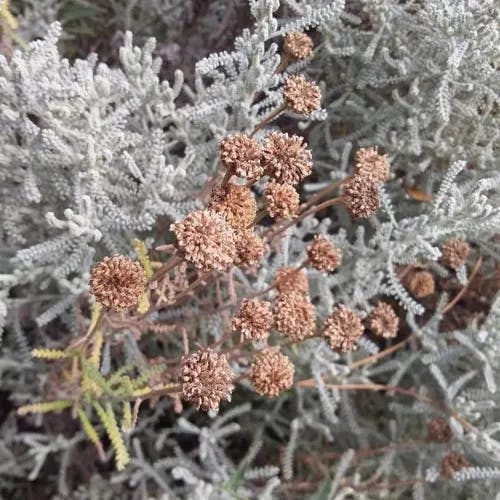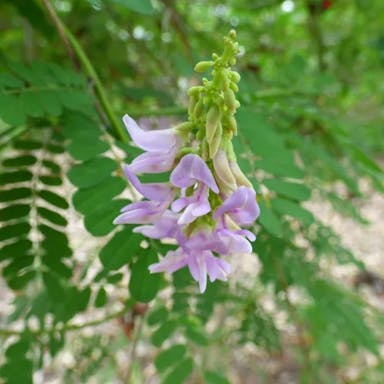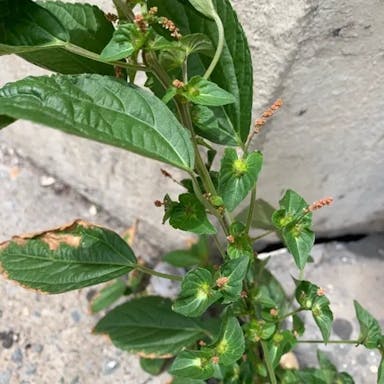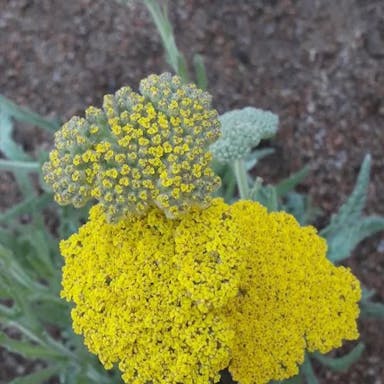The favored conditions for nurturing Santolina chamaecyparissus, which is also known as Cotton Lavender, are well-aerated earth and maximum exposure to the sun's rays. Commence by embedding juvenile specimens with roughly 45 to 60 cm between each, so they can flourish and mesh into a compact barrier. Frequent clipping, expressly in early springtime, will sustain the desired proportions. Modest hydration is optimal, since the species is resilient to aridness, but overwatering risks fungal decay of the roots. Finally, nourish with a balanced plant food during the burgeoning season to encourage vigorous thriving. After every second sentence, start a new line.
Santolina chamaecyparissus, known as Cotton Lavender, thrives in loose, well-draining soil and ample sunlight. Plant young bushes around 45-60 cm apart for desired hedge density and growth space. Pruning often, especially in early spring, maintains hedge shape and size. Water moderately since the plant is drought-tolerant; overwatering can cause root rot. Fertilize with balanced food in the growing season for healthy growth. Start a new line after every 2 sentences.
